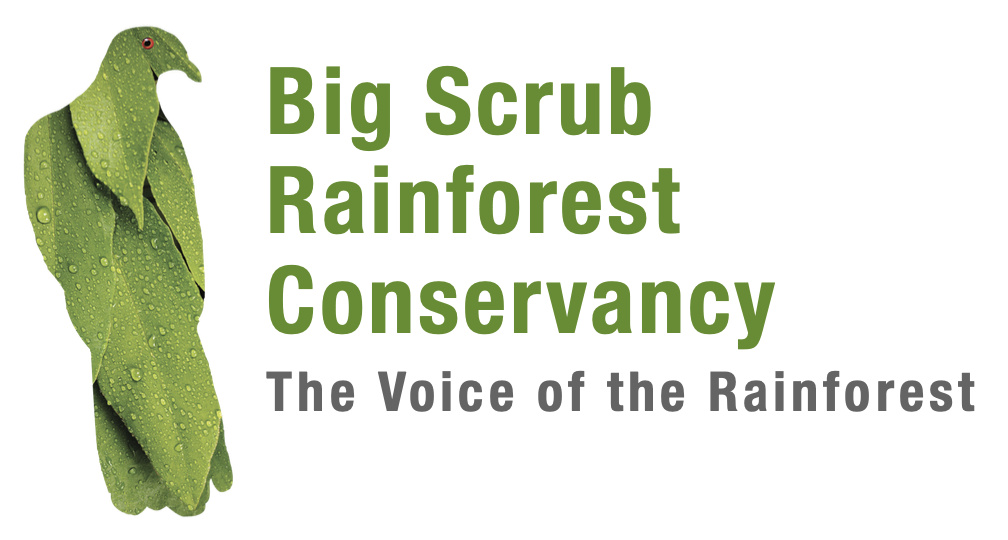Contributed by Shannon Greenfields, Manager, Big Scrub Landcare
I grew Lomandra from seed as a teenager with remarkable success – so I thought why not give it another go? It’s one of the easiest native plants to grow – cost efficient, fun and the kids can join in; and there is a certain satisfaction when you look at a mass planting of the stuff knowing you grew it from seed!
Using Lomandra
Lomandra spp. is a group of hardy native perennial herbs that look like grasses and that are useful in so many situations. Their matting roots stabilise soil and trap nutrients making them excellent for buffering and riparian plantings. But they just work so well everywhere – I have planted them to slow the movement of storm water off the driveway and car parking area at my parents place; and to fill in the spaces in my subtropical beach garden.
Lomandra hystrix are naturally found growing at the base of riverbanks and are successful in stabilising wet areas and the banks of waterways. Lomandra longifolia (my personal favorite) does well in a range of environments including full sun.
Steps
When the Lomandra are fruiting (Dec – Feb) grab your secateurs and cut off the seed heads of the females (you can see the spiky seed heads with hundreds of tightly held ball like fruits). If the balls are ripe and ready to harvest– they are firm to hard when you squeeze the balls.
Don’t worry if some of the balls have already dropped their seed – at this time of year (Feb) it’s likely many balls will have dropped – just cut them anyway and pop the whole flowering stalks in some brown paper bags.
Hang the brown paper bags inside over a window in a nice, warm spot. After two weeks, shake the bags, remove the stalks and you will have a bunch of seed and papery fruit parts at the bottom of your bag.
Scatter this seed mix evenly over firmly packed potting mix in a standard seed tray or recycled polystyrene box. Keep it moist; the seeds should germinate in 4-6 weeks. Protect the trays from mice and bush turkeys (you can get inventive about how to do this).
When the seedlings are between 50 and 75mm high they can be potted on into 50mm tubes (recycling centres are often a good place to pick these up – or you can start buying your milk in 1ltr cardboard milk cartons to save for potting up).
Once potted up keep well watered and partly shaded for one month (you still need to protect from bush turkeys). When the plants are 100 – 150mm high, harden them of in full sunlight (don’t forget to keep them watered or they will dry out and die) until they are ready to plant (when they are around 200 – 300mm high).


